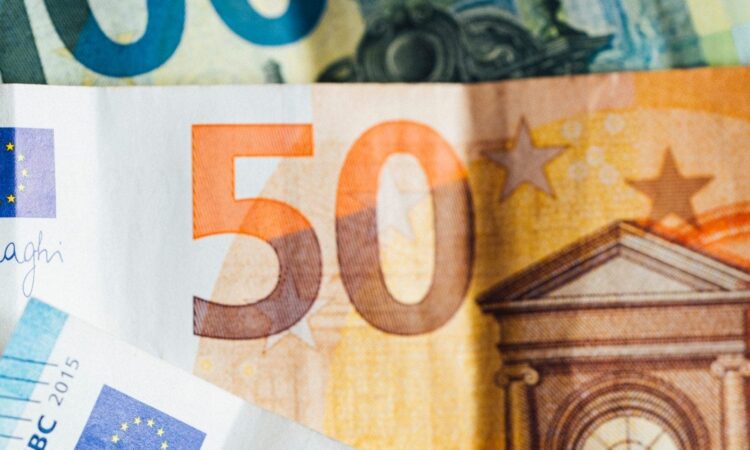
It has been a varied 18 months for the Euro, which has fluctuated against many global economies, owing to the Russian invasion of Ukraine and the spectre of rising inflation in countries within the eurozone.
The Australian dollar was among a number of currencies that strengthened against the Euro over the early part of 2022. However, the Euro began to pick up strength in September of last year.
In February of this year, the Euro was worth 1.54 Australian dollars, but that strengthened marginally to 1.64 AUD by early July. According to Joseph Capurso, head of international and sustainable economics at The Commonwealth Bank, it’s expected that there won’t be much change for the rest of the year for the EUR/AUD conversion rate.
Instead, it’s anticipated that the two currencies will stabilise against one another at a similar rate that they are sitting at now.
Related: AUD to USD forecast: Will the Dollar Rise in 2023?
The Euro’s Performance in 2022
The Euro experienced a very turbulent year in 2022, driven by two main factors. The first, Capurso says, was Russia’s invasion of Ukraine. As the invasion unfolded, high energy prices, supply shortages and uncertainty lead to the weakening of the Euro.
Uncertainty is one of the largest drivers of a currency drop, with economic confidence declining, leading to cuts in the spending of both households and businesses.
In addition to this uncertainty–akin to many other economies around the world–the Euro was also affected by rising inflation. However, unlike the Australian dollar which is used in a single country, the Euro is the official currency of 19 of the 27 European Union (EU) member countries.
Those 19 countries are known as the eurozone, with each affecting the value of the Euro in their own ways (Germany, being the largest economy in the eurozone, tends to affect it the most).
In 2022, the first three quarters of the year saw the Euro drop to lows of 1.43 EUR to the Australia dollar, due to the aforementioned uncertainties.
By September 2022, it had begun to steadily bounce back, rising to the 1.50 and above range we are seeing now–and which we saw in pre-pandemic times.
Related: USD to AUD Forecast: Strength of US Dollar to Tail Off
AU Dollar Performance and Drivers in 2022
As ANZ’s head of FX research Mahjabeen Zaman explained to Forbes Advisor Australia, the AU dollar is a pro-cyclical currency, meaning it appreciates in good times and depreciates in bad times.
Therefore, with the current economic uncertainty happening in Australia, the AUD has been depreciating in value against other currencies. So, much like how the Australian dollar weakened against the USD in 2022, it also weakened against the Euro towards the back-end of 2022 due to the ongoing threat of a global recession and the local cost-of-living crisis.
Related: GBP Pound to AUD: Modest Hopes for Pound After Horror Year
Euro to AUD Forecast for 2023
According to Capurso, it’s expected that the Euro/AUD conversion rate will stabilise at its current rate with “not much change” anticipated for the year 2023.
It’s worth noting that the Euro has strengthened on the first half of 2023 against the Aussie dollar, as investors moved away from AUD owing to general uncertainty in the macro-economic outlook.
ANZ has noted in forecasts there is a high degree of uncertainty surrounding the pair and predicts the AUD to EUR will end 2023 at a value of 0.6100, while Westpac thinks it will finish at around 0.6700. Westpac argues that central bank policy movements will heavily influence AUD to Euro exchange rate.
NAB meanwhile anticipates a a downgrade to 0.6200 by year’s end.
In April, CommBank also downgraded its forecasts for the Australian dollar, citing falling commodity prices, and recessionary risks in other advanced economies.
Commodity prices heavily impact the Aussie dollar, and many forecasters are predicting a better performance for the AUD as prices recover and the global environment stabilises.



